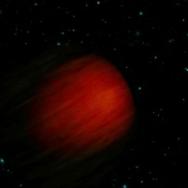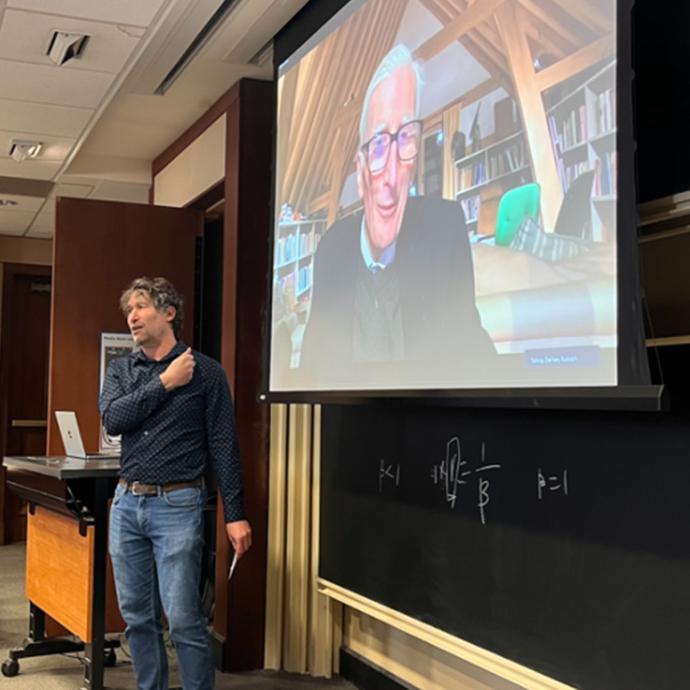Among the four planets closest to the star, each makes three orbits for every two of the next planet out – called a 3/2 resonance. The two outermost planets make four orbits for every three of the next planet out, known as a 4/3 resonance.
A rare resonance
The six planets orbit a star known as HD110067, which lies around 100 light-years away in the northern constellation of Coma Berenices.
In 2020, NASA’s Transiting Exoplanet Survey Satellite (TESS) detected dips in the star’s brightness that indicated planets were passing in front of the star’s surface. Combining data from both TESS and the European Space Agency’s CHaracterising ExOPlanet Satellite (Cheops), a team of researchers analyzed the data and discovered a first of its kind configuration.
While multi-planet systems are common in our galaxy, those in a tight gravitational formation known as “resonance” are observed by astronomers far less often.
In this case, the planet closest to the star makes three orbits for every two of the next planet out – called a 3/2 resonance – a pattern that is repeated among the four closest planets. Among the outermost planets, a pattern of four orbits for every three of the next planet out (a 4/3 resonance) is repeated twice.
And these resonant orbits are rock-solid: The planets likely have been performing this same rhythmic dance since the system formed billions of years ago, the scientists said.
Formation stories
Orbitally resonant systems are extremely important to find because they tell astronomers about the formation and subsequent evolution of the planetary system. Planets around stars tend to form in resonance but can be easily perturbed. For example, a very massive planet, a close encounter with a passing star, or a giant impact event can all disrupt the careful balance. As a result, many of the multi-planet system known to astronomers are not in resonance but look close enough that they could have been resonant once. However, multi-planet systems preserving their resonance are rare.
“We think only about one percent of all systems stay in resonance, and even fewer show a chain of planets in such configuration,” said Luque. That why HD110067 is special and invites further study: “It shows us the pristine configuration of a planetary system that has survived untouched.”
More precise measurements of these planets’ masses and orbits will be needed to further sharpen the picture of how the system formed.
UChicago Prof. Jacob Bean was also a co-author on the paper.
Citation: “A resonant sextuplet of sub-Neptunes transiting the bright star HD 110067.” Luque et al, Nature, Nov. 29, 2023.
—Adapted from articles written by NASA’s Pat Brennan and ESA’s Stuart Clark.












 —Prof. Chuan He
—Prof. Chuan He
